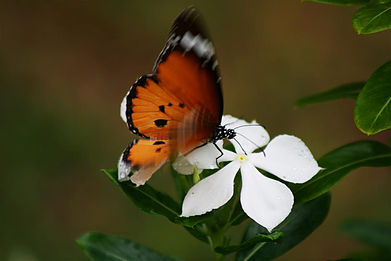As the snow melts, it is common for us to see an increasing number of environmental allergies flare-up in some of our pets. Whether it be snow mould or the new growth of plants and flowers that spring brings, they can cause a variety of irritating sensations for us and our pets alike.
Allergies can present in a variety of ways depending on the individual animal. Sneezing, and especially reverse sneezing are common presentations and can be unnerving to see if you haven’t seen them occur before. Reverse sneezing can seem quite violent and can last for a few seconds all the way to a few minutes. These fits do pass and are caused by nasal irritation. This can be due to allergies, nasal foreign bodies (like a piece of grass lodged in the nose), parasites, or sinus infections. In most cases, an allergy of some sort is the cause. Youtube has some good examples of what reverse sneezing might look like in a dog. Other things may include red watery eyes without discharge, itchy ears, itchy skin and feet, and numerous other symptoms. These symptoms can overlap with other issues and infections, so it’s important to ensure there is no underlying infection when creating a treatment plan.
If your pet seems to have seasonal allergies (whether it be in the spring, fall, or any specific time of year), speak to your veterinarian about different management strategies. Allowing allergies to go untreated often results in discomfort and secondary infections requiring further treatment. Treating an allergy early on allows more effective and less treatment required. If the allergy can be anticipated, prophylactic allergy medication can be used to minimize the chance of an allergic flare-up.

